How to Weave Custom Trims (Passementerie)

Synopsis: This article from Threads #175 (October/November 2014) by Daryl Lancaster will show you how to create your own trim styles. The French have a wonderful word for applied decorative trimmings: passementerie. It encompasses many forms of needlework used to create beautiful flat braids and woven round cords for trimming upholstery, pillows, draperies, and-best of all-garments. Weaving has endless trim design potential, and you can weave your own passementerie using a simple portable loom. With a small investment in equipment and some lovely threads, you can produce your own designer-style trim. This article will teach you the basic weaving process, and introduce you to incorporating gimp thread or cord so you can design customized trim.
The French have a wonderful word for applied decorative trimmings: passementerie. It encompasses many forms of needlework used to create beautiful flat braids and woven round cords for trimming upholstery, pillows, draperies, and—best of all—garments.
There are many methods for creating passementerie: Japanese kumihimo, crochet, macramé, and weaving. Weaving has endless trim design potential, and you can weave your own passementerie using a simple portable loom. With a small investment in equipment and some lovely threads, you can produce your own designer-style trim.

The inlke loom
The inkle loom is the modern version of the small tape loom developed in the 16th century for weaving narrow bands, tapes, or ribbons, which were referred to as “inkles.” Weaving widths range from 2 inches to 9½ inches. The length you can weave also depends on the loom; smaller looms allow up to 72 inches and larger looms allow longer lengths. The braid’s design is created by weaving the lengthwise warp and crosswise weft threads together. An inkle…
Start your 14-day FREE trial to access this story.
Start your FREE trial today and get instant access to this article plus access to all Threads Insider content.
Start Your Free TrialAlready an Insider? Log in



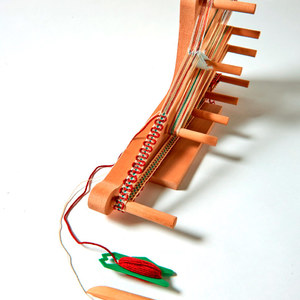
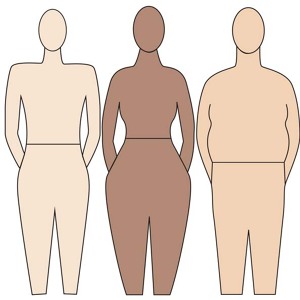
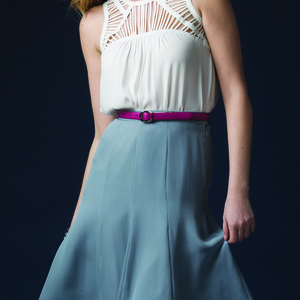




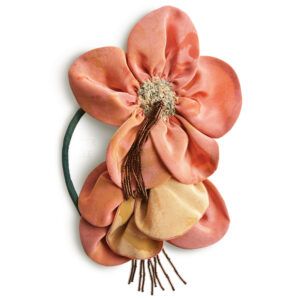

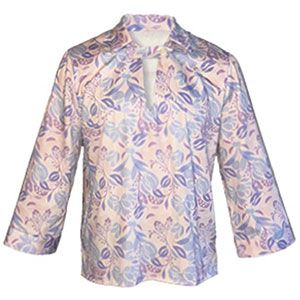

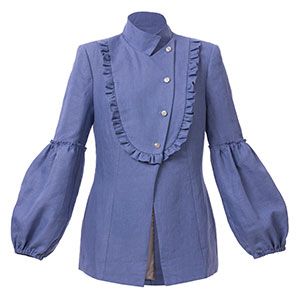
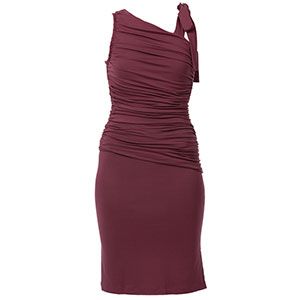
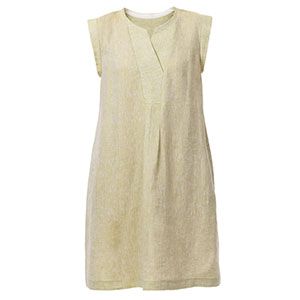
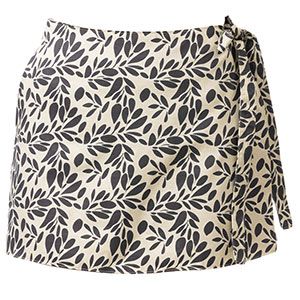


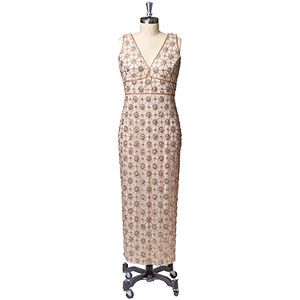


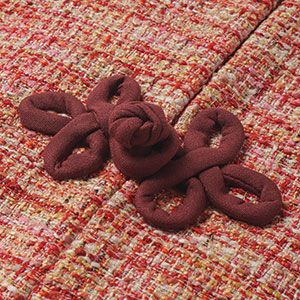









Thank you for this article I had been wanting to know how to set up an inkle loom and weave with it for a very long time.